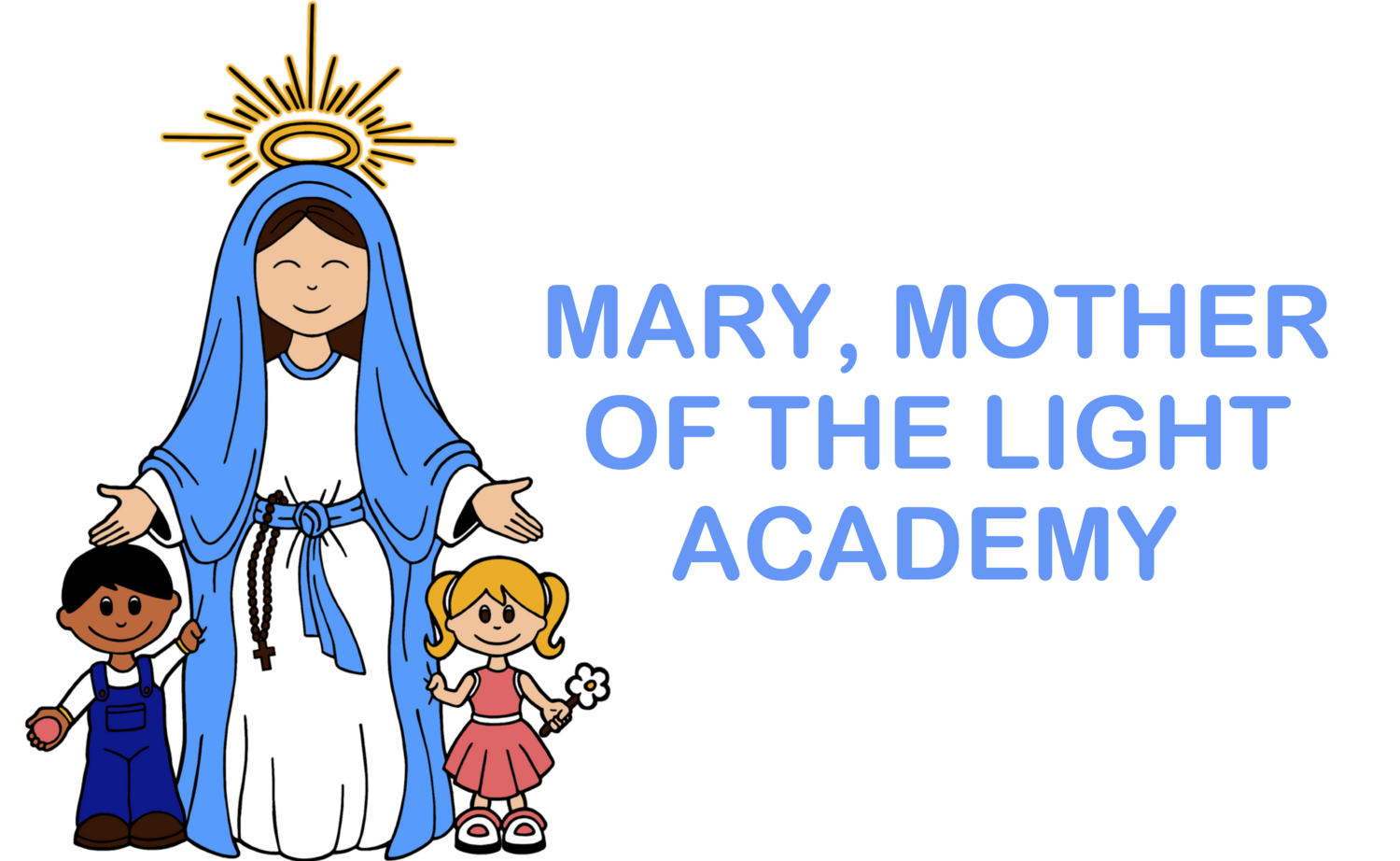The Crucial Role of Art and Creativity in Early Education
/Artistic expression is more than just splashes of color on a canvas; it's a vital component of early education, especially in the preschool years.
The process of creating art not only sparks joy but also lays the foundation for cognitive growth, emotional development, and critical thinking skills.
In this blog post, we delve into the profound role of art and creativity in preschool education, emphasizing how artistic activities contribute to stimulating creativity and fostering holistic development in young learners.
1. Igniting Creativity: Art offers a limitless realm for children to experiment, explore, and imagine. Through various mediums like painting, sculpting, and drawing, preschoolers can let their imagination run wild, fostering a unique creative spark that will serve them throughout life.
2. Enhancing Fine Motor Skills: The intricate movements required in art, from holding a paintbrush to molding clay, promote fine motor skill development. These skills are crucial for tasks like writing, buttoning clothes, and using utensils.
3. Encouraging Self-Expression: Art provides a nonverbal outlet for preschoolers to express their thoughts, emotions, and experiences. This is particularly important for young children who might find it challenging to articulate their feelings verbally.
4. Building Confidence: Completing an art project, whether it's a simple doodle or a more complex creation, gives preschoolers a sense of accomplishment. This achievement bolsters their self-esteem and confidence in their abilities.
5. Promoting Problem-Solving: Art often presents challenges that require creative problem-solving. Figuring out how to create the desired effect or making adjustments along the way encourages critical thinking and adaptability.
6. Fostering Sensory Exploration: Art engages multiple senses, from the tactile experience of working with different materials to the visual appeal of colors and shapes. This sensory exploration enhances cognitive connections.
7. Cultivating Concentration: Creating art demands focus and concentration. As preschoolers immerse themselves in artistic activities, they develop the ability to sustain attention, a skill that extends to other learning areas.
8. Connecting with Culture: Art provides a gateway to culture and history. Exploring different art forms from around the world exposes preschoolers to diversity and enriches their understanding of the global community.
9. Encountering Diversity: Art exposes children to diverse perspectives and modes of expression. This exposure cultivates empathy and respect for different ways of thinking and creating.
10. Encouraging Open-Ended Exploration: Artistic activities are inherently open-ended, allowing preschoolers to explore without the pressure of a "right" answer. This nurtures a sense of curiosity and a willingness to take risks.
11. Strengthening Language Skills: As children engage in artistic activities, they describe their creations, discuss color choices, and share their ideas with peers. These interactions enhance their language development.
12. Fostering Collaboration: Group art projects encourage teamwork and collaboration. Preschoolers learn to share ideas, compromise, and work together to achieve a common goal.
In the vibrant world of preschool education, art and creativity stand as integral pillars that support the development of young minds. From boosting cognitive growth and problem-solving skills to nurturing emotional expression and fostering self-confidence, artistic activities offer an alternative approach to learning that goes beyond traditional classroom methods.
As parents and educators, it's our privilege to provide opportunities for preschoolers to explore their creative potential, nurturing a lifelong love for art and a foundation for future success in a rapidly changing world.

